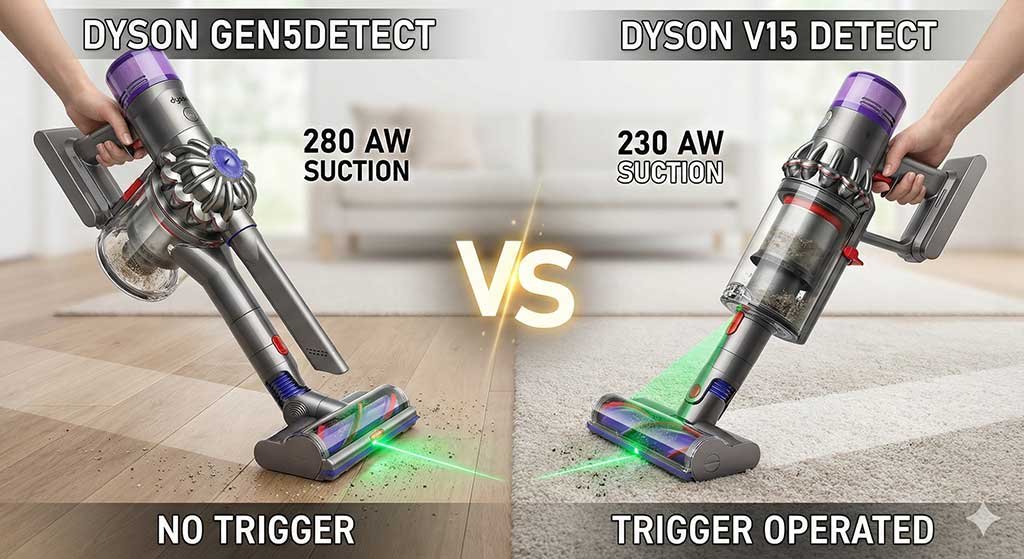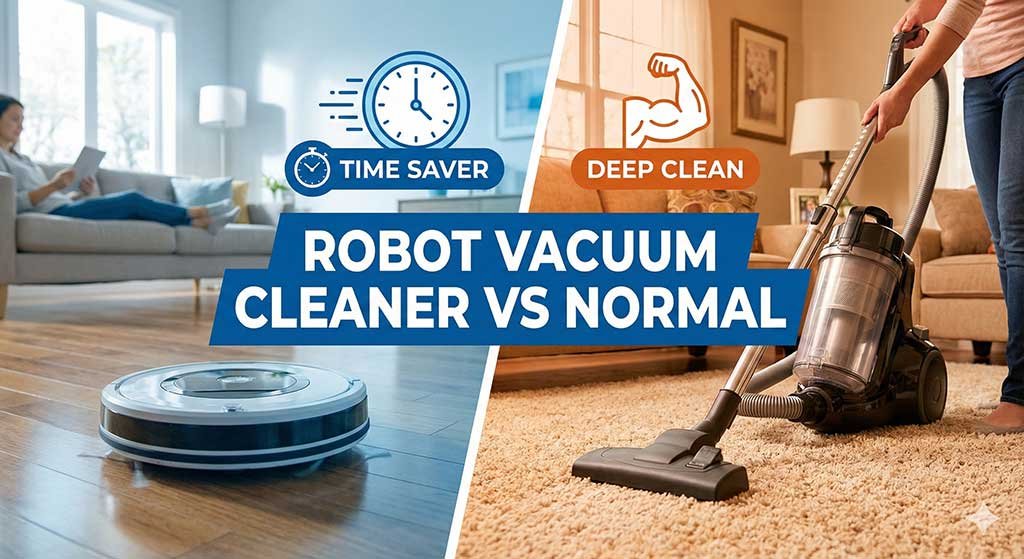Are you in the market for a new washing machine? If so, you may be wondering which type to choose. One option is a top load washing machine, which is a popular choice for many consumers. These machines have a lid on the top of the unit and are known for their affordability and ease of use.
However, before you make a decision, it’s important to understand the disadvantages of top load washing machines. While top load washing machines have their advantages, it’s important to weigh them against the potential drawbacks.
We hope this article will help you make an informed decision about which type of washing machine is right for you and your household.

Disadvantages Of Top Load Washing Machine
Limited Capacity
One of the main disadvantages is their limited capacity. These machines typically have a smaller capacity than front load washing machines. This means that you won’t be able to fit as many clothes in the machine, and you may need to do more loads of laundry to get everything clean.
For larger households or those with bulky items to wash, this can be a significant disadvantage. It can be time-consuming and inconvenient to have to do multiple loads of laundry every week, especially if you have a busy schedule. Additionally, the smaller capacity can be frustrating for families who need to wash larger items like comforters or bulky winter coats.
Water and Energy Efficiency
Compared to front load washers, top load machines typically use more water and energy. This can harm the environment and also result in higher utility bills for consumers.
The higher energy usage of top load machines is also worth noting. With a longer wash cycle and higher water usage, top load machines typically require more energy to run. This not only results in higher utility bills for consumers but also contributes to greater carbon emissions and other environmental impacts.
Agitation vs. Tumbling
There are two main types: agitation and tumbling. Agitation involves the use of an agitator or spindle in the center of the washing machine to move the clothes around and create friction to remove dirt and stains. Tumbling, on the other hand, involves the use of a drum that rotates back and forth to clean the clothes.
Top load washing machines typically use the agitation method, which can be harsher on clothes and cause more wear and tear. The agitator can create a lot of friction, which can lead to clothes being stretched, pulled, or damaged. Additionally, the force of the agitator can cause clothes to become tangled, which can further increase the risk of damage.
Accessibility
For some people, reaching into a top load machine to load and unload clothes can be difficult, particularly if they have mobility or flexibility issues.
The top-loading design means that the drum is positioned higher up, which can make it harder to access. This can cause physical strain on the back, arms, and shoulders, particularly if you’re trying to lift heavy items like blankets or comforters in and out of the machine.
Maintenance and Repairs
Potential disadvantage is their maintenance and repair requirements. Top load machines can be more prone to repairs and maintenance issues than front load machines, which can be a disadvantage for consumers in terms of time and money spent.
One common issue with top load machines is that the agitator can become loose over time, which can cause excessive noise during the wash cycle. This can be a simple fix, but it can also be a sign of more serious mechanical issues.
They can also be more prone to leaks, as the design of the machine means that water can pool around the drum or the agitator. This can lead to rust or corrosion, which can weaken the structure of the machine and lead to more serious issues down the line.
Imbalance During Spin Cycle
Top load washing machine becomes unbalanced during the spin cycle. This occurs when the weight of the load is not distributed evenly in the drum, causing the machine to shake and vibrate excessively.
An unbalanced machine can lead to noisy operation, damage to the machine or clothes, and potential safety hazards. In extreme cases, an unbalanced machine can tip over, which can be dangerous for anyone nearby.
Limited Washing Options
Many top load machines have a limited number of wash cycle options, which can be a disadvantage for consumers who require specialized wash cycles, such as delicate or hand wash cycles.
Some top loaders may offer a few specialized cycles, but they may not be as effective as those offered by front load machines. For example, a top load machine with a delicate cycle may still use an agitator, which can be harsh on fabrics and cause more wear and tear.
Conclusion
Top load washing machines have several disadvantages compared to front load washers. They typically have a smaller capacity, use more water and energy, may use harsher washing methods, can be difficult for some people to access, and may be more prone to maintenance and repair issues. Additionally, they may have limited washing options compared to front load machines, which can be a disadvantage for consumers who require specialized wash cycles.
Despite these disadvantages, top load machines still have their place in the market and may be a better option for some consumers depending on their needs and preferences. However, if you are in the market for a new washing machine and are considering a top load machine, it’s important to weigh the potential cons against the pros and features of front load machines.




Leave a Reply